How to Make a Pinecone Wreath Using Bleached Pinecones from the Red Pine TreeOne of my early, and more popular, blog posts was on How to Make a Pinecone Wreath. Today I am going to update that post using a different type of pinecone. The first post used pinecones from white pine trees. These cones are elongated and make a very different wreath than pinecones from red pines, the focus of today's post, which are much smaller and roughly 2”x 2”. They are also more challenging to work with due to their different shape. Additionally, I use bleached pinecones so I will also discuss how to bleach pinecones. Bleach the PineconesFirst, it is important to note that bleaching pinecones does not turn them white. If you want a white wreath you will have to spray paint the cones. Instead, bleaching pinecones turns them into a beautiful, driftwood-type color (see the above picture). I have found that to bleach pinecones it is preferable to use older pinecones that are not covered in sap. These types of cones bleach better as the bleach can soak into the pinecones better. Please note it is important to use protective gear when working with large amounts of bleach. Googles to protect the eyes, a respirator mask to avoid breathing fumes, and old clothes or even a rain jacket are necessary. It is also preferable to bleach the cones outside or in a well-ventilated space. I use a 10% bleach solution and bleach my cones in a 5-gallon bucket with a weight, like a heavy plate with a rock on top, to keep the cones submerged. To make a 10% solution mix 1 part bleach with 9 parts water, for example, 1 cup of bleach to 9 cups of water. I usually bleach the cones for at least 24 hours. After 24 hours most of the bleach is deactivated as once diluted it does not stay active for long. This is especially important if you have a septic tank as you do not want to kill the good bacteria in your tank by pouring lots of active bleach down the drain. After draining off the bleach water I rinse multiple times to remove any residual bleach. After rinsing I lay out the cones in a single layer on newspaper or cardboard to dry. This can take several days depending on the local humidity. If you plan on displaying your wreath outside you may want to spray the cones with a clear acrylic waterproof spray to help them last longer when exposed to the weather. I usually did this after the wreath was complete so I would not waste spray on cones that I potentially would not use. However, spraying after does not allow for as great coverage as spraying each one individually will. Regardless of whether you spray it or not, I do recommend displaying the wreath in a sheltered location if possible if you do choose to put it outside as this will expand the lifespan of the wreath. How to BeginOnce the cones are completely dry it is time to start constructing the wreath. First, you will need a wire wreath frame (I have used 12” and 18” frames) and floral wire (the green wire available in most craft, big box stores, and online retailers). I like the 26 or 22-gauge wire. The 26-gauge wire is easier to work with since it is thinner, but 22-gauge can be helpful when trying to thread the wire through the wreath after the first 3 rows of cones are attached since it is stiffer and less likely to bend. Some people hot glue the cones to a foam frame but I highly recommend individually wiring the pinecones to a metal frame. These wreaths are very delicate but at least by wiring them, you do not need to worry about them falling off! You will also need wire cutters and I have found needle nose pliers come in handy when adding the last group of pinecones to grab the wires and pull them toward the back of the frame. Step 1: MaterialsYou will need a wreath frame, floral wire, wire cutters, needle nose pliers, and pinecones. For red pine pinecones, you will need a lot of cones, much more than for a white pine pinecone wreath! As an estimate, you will need about 100 cones for a 12” frame and about 200 for an 18” frame. For the wreath pictured, I used an 18” frame and used about 36 cones for each of the first 3 bottom rows which equals 108 cones for the bottom layer. I like to add in a second layer to fill in any gaps using as many pinecones as necessary until it looks “pleasing” to the eye. Step 2: WiringI cut approximately 6-8" pieces of floral wire and wrap it around the stem end of the cones (go a few scales down from the end) at least twice. Then insert the top of the cone with the floral wire outside the two wires in the center of the frame with the floral wire sticking out the back. Twist several times to attach the cone to the frame. Repeat this process for the entire middle section of the frame. I find it easier to start in the center for the red pine pinecones versus the outside for the white pine pinecones. I usually use my larger pinecones on the first layer of the wreath and save the smaller ones for the top layer and to fill any holes at the end. For the cones at the end, you may need a longer wire (8-10") to reach through the wreath with enough remaining to grip and twist to secure the pinecone. I also find that pushing the cones as close as possible while you wire them in place makes the entire wreath more secure. I try to interlock the scales of cones next to each other to make them more stable. Step 3: Trim the WiresFilling in the next ring of the wreath is much easier if you first trim off the excess floral wire. Otherwise, you often grab the wrong wires when attaching the second row of pinecones. Make sure each cone is secure and the wire is tight. I often twist the wires of 2 different cones together first to maximize the stability of the cones and wire. Then trim the excess wire, wrap the cut end around the frame, and push the cut end inward to avoid scratching yourself when handling the wreath. When the wreath is complete, I hot glue the ends of the wires for extra security and to avoid scratches on the wall. Wreath comparison with just the first three bottom rows complete (left) versus additional pinecones added on top to fill in any gaps and complete the look (right). Step 4: Complete the WreathAfter you trim the excess wires from the first row, move on to the second row, trim the wires from this row, and then wire in the third row. Each row gets subsequently harder to wire because there is less room to fit the cones and your fingers however, with a little patience you will soon have all three rows wired. Next, fill in any gaps with the smallest cones you have on hand. I have found it helpful to hang the wreath on the wall to determine where the gaps are. Sometimes taking a picture of the wreath on the wall is also helpful as it is easier to notice problems with the wreath from a picture than on the table or wall. You may also find it necessary to adjust or even remove certain cones that do not fit quite right. If a cone is sticking out too much you can often wire it to pull it closer to the remaining cones. If this does not work, simply remove it, and replace it with one that fits better. Once the wreath is complete and you are happy, finish trimming the wires and hot glue them to keep them from scratching the wall or you can back the wire frame with felt. Regardless, hang the wreath and enjoy!
3 Comments
|
Details
AuthorIn 2016, my family and I moved from the New York City area to small town Wisconsin. Our move, this website and blog (and our previous Etsy store) is the result of our desire over the past several years to simplify our lives, increase our quality of life, reconnect with nature, and enjoy a more self-sufficient life. I grew up as a country kid in central Pennsylvania working on my grandfather's fruit farm and as a corn "de-tassler" at a local seed farm. My background is in biology where my love of nature originated. I am a former research scientist and professor and have now transitioned to a part-time stay-at-home mom, self-employed tutor, and small business owner. Thank you for taking the time to check out my site. Archives
July 2024
Categories
All
|
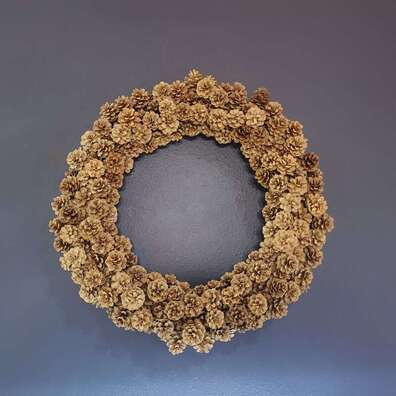
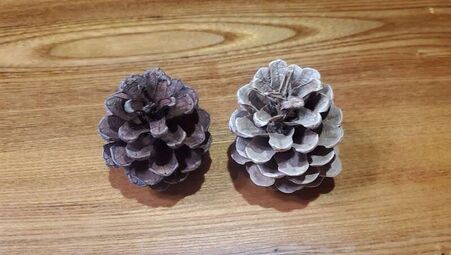
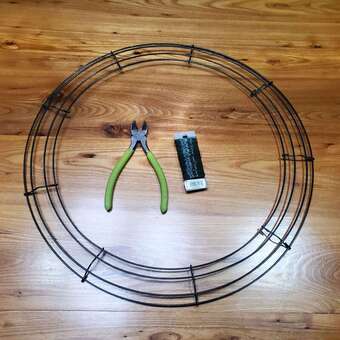
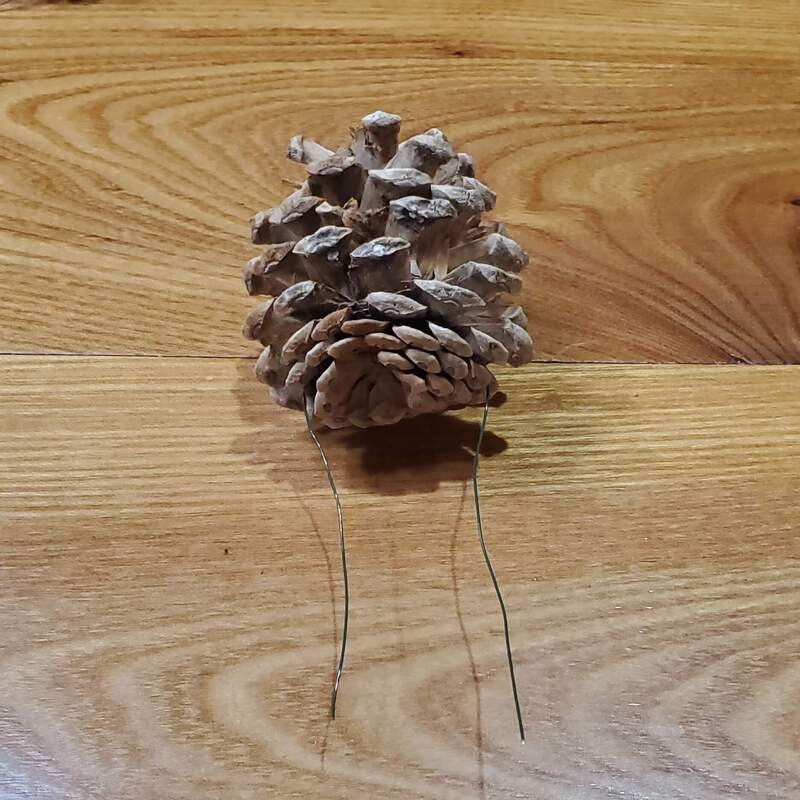
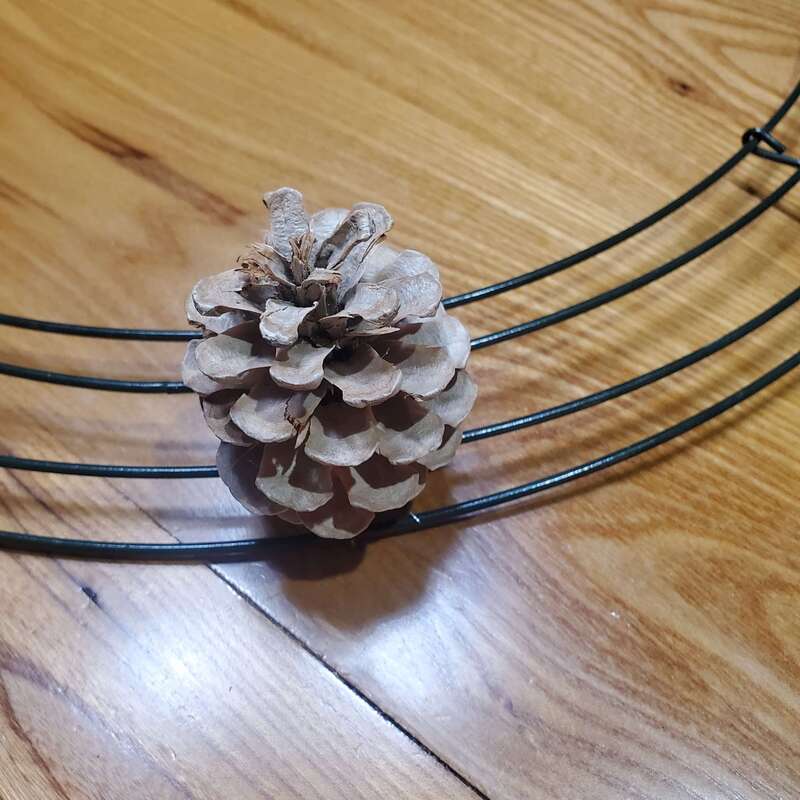
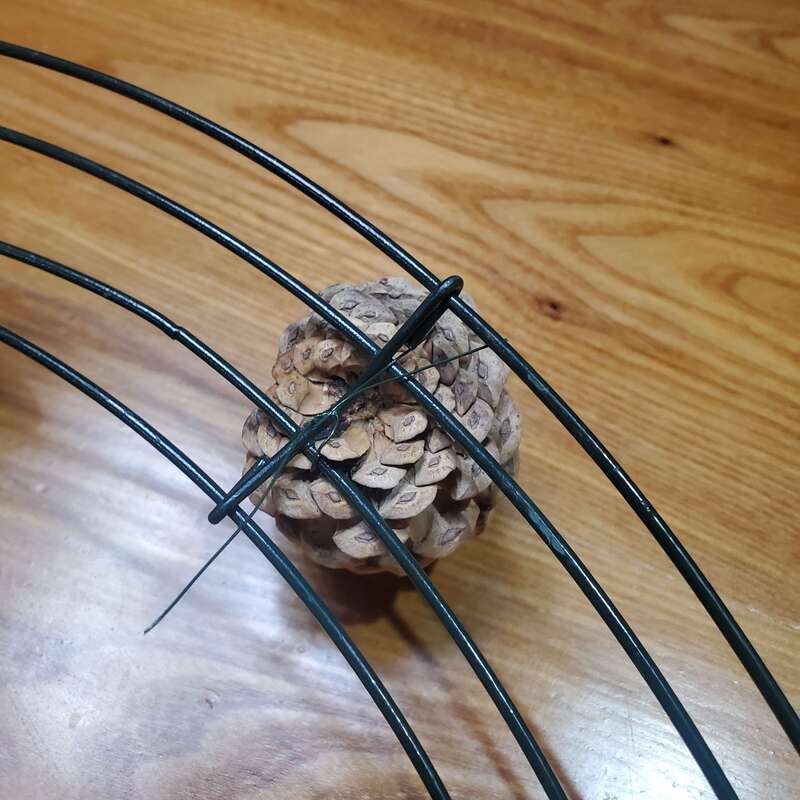
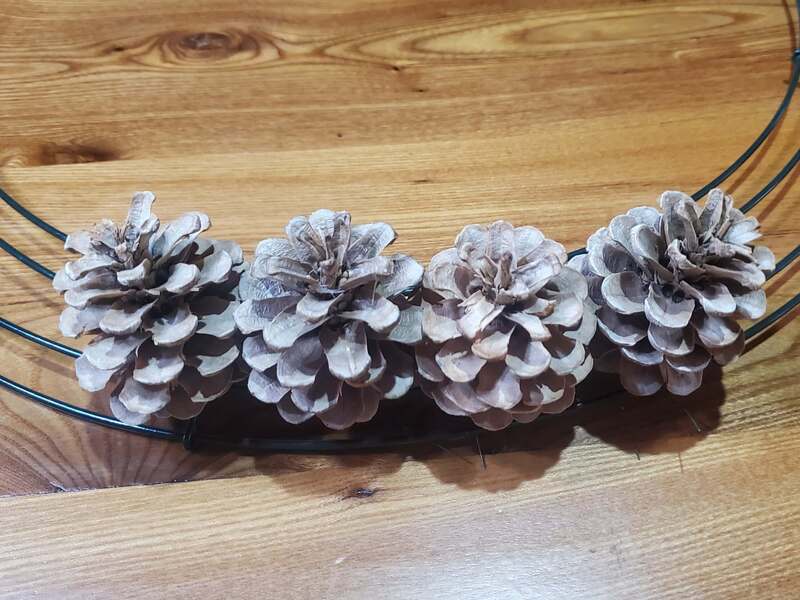
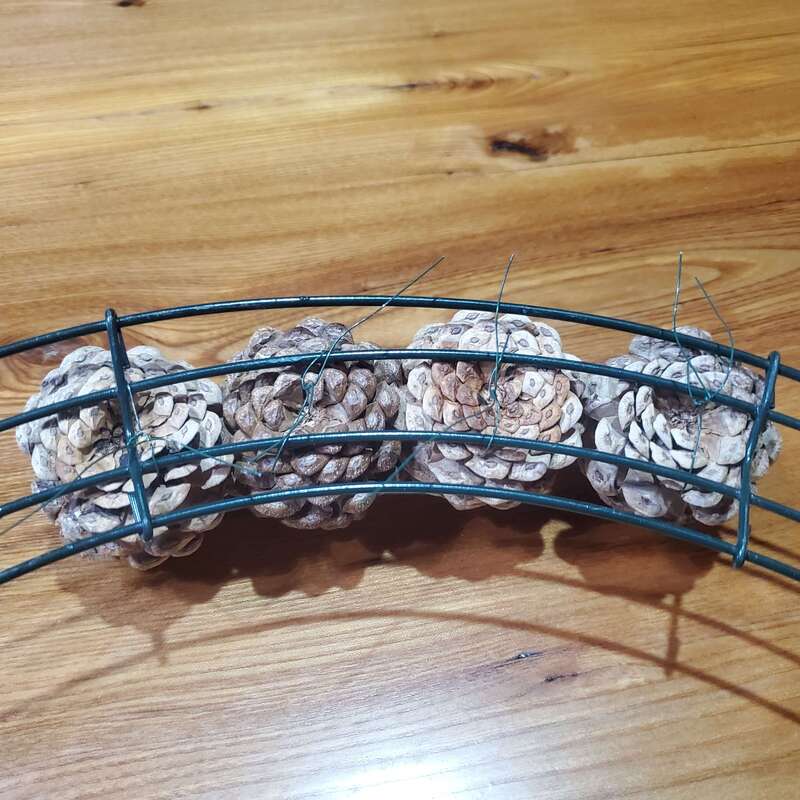
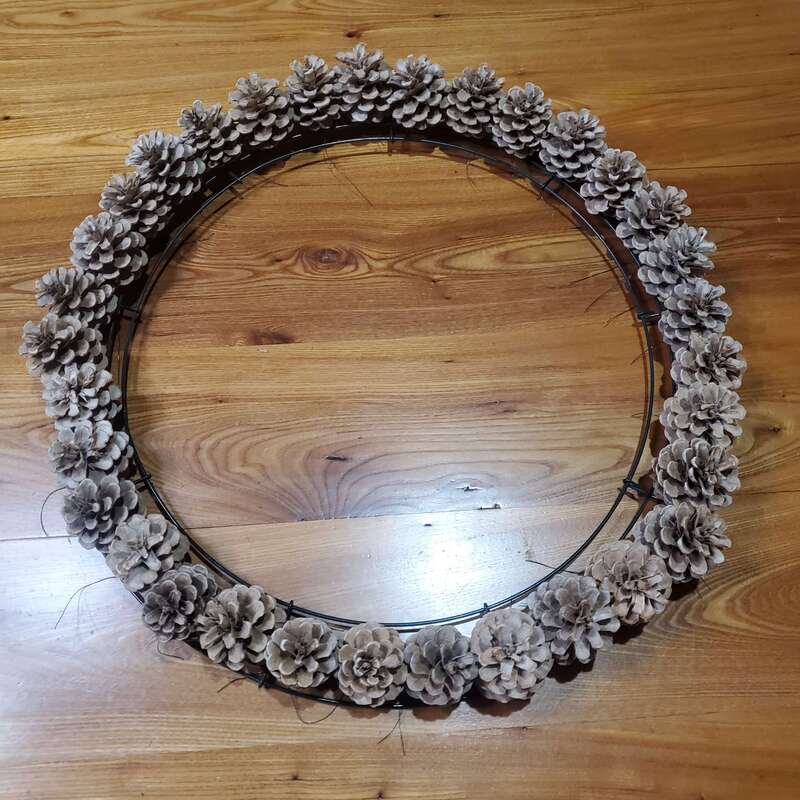
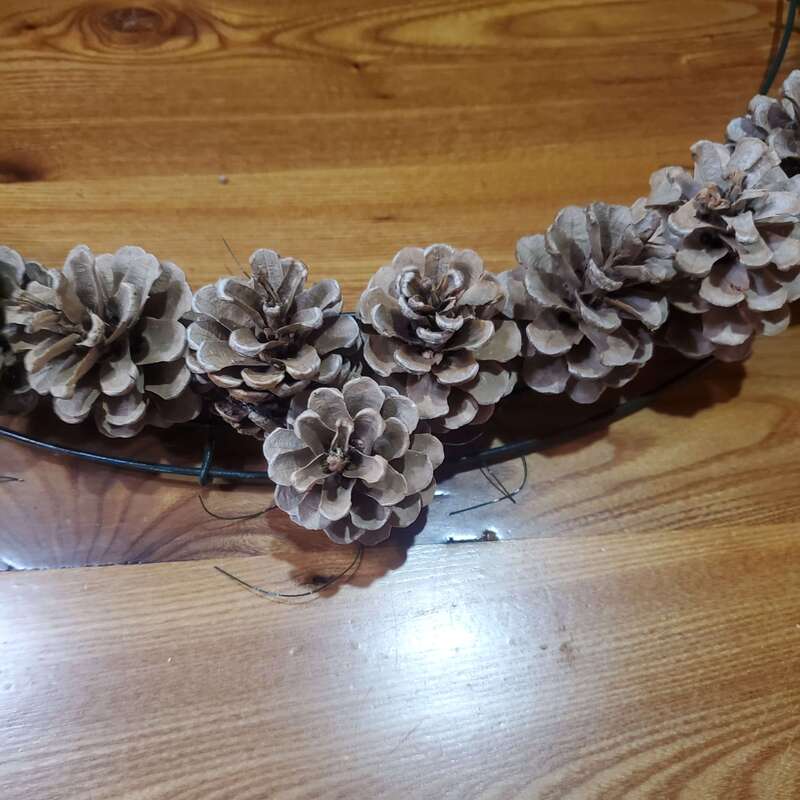
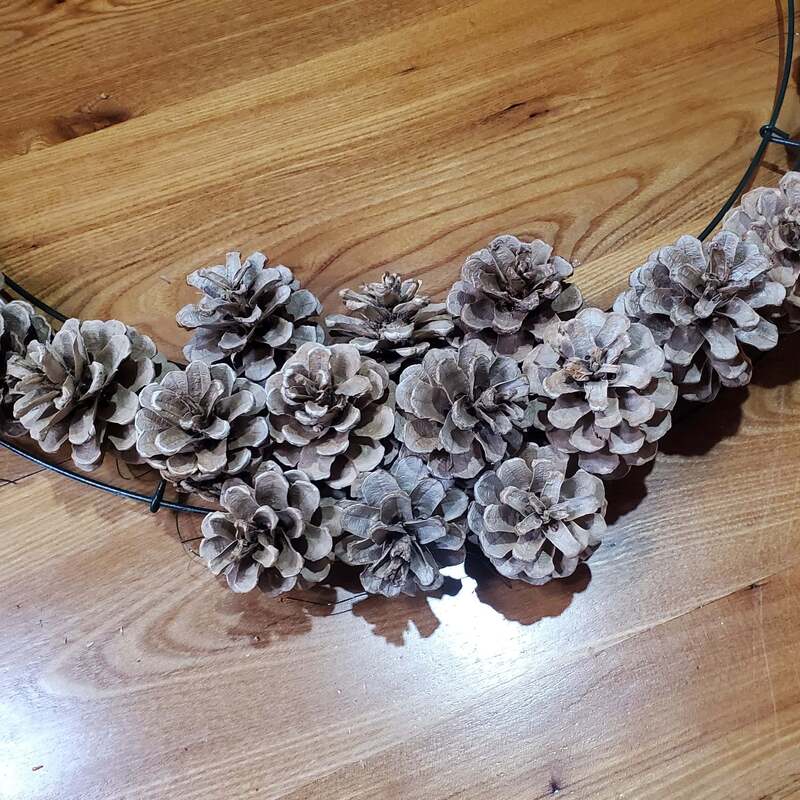
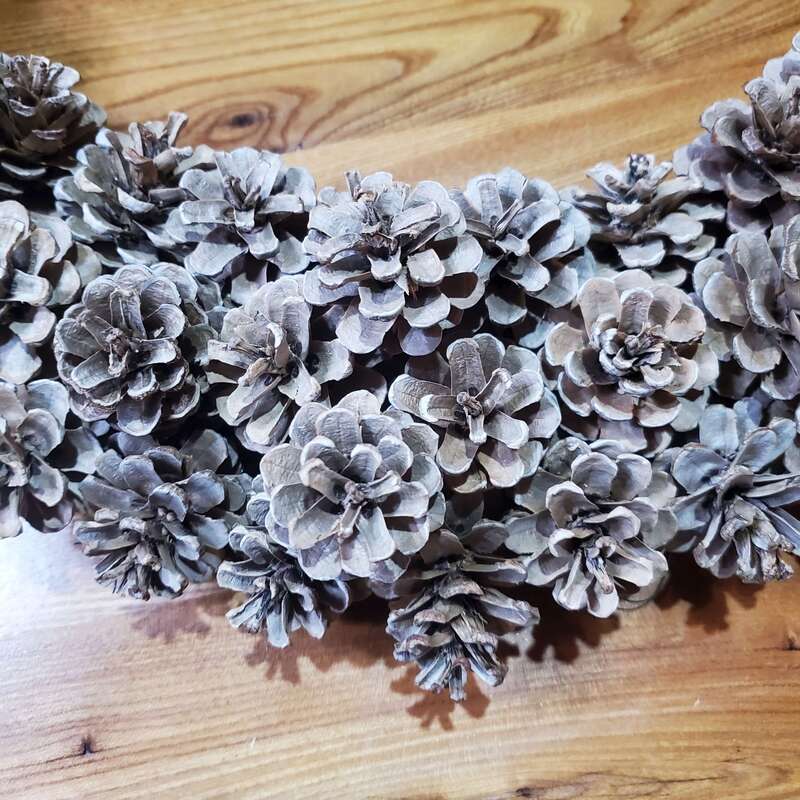
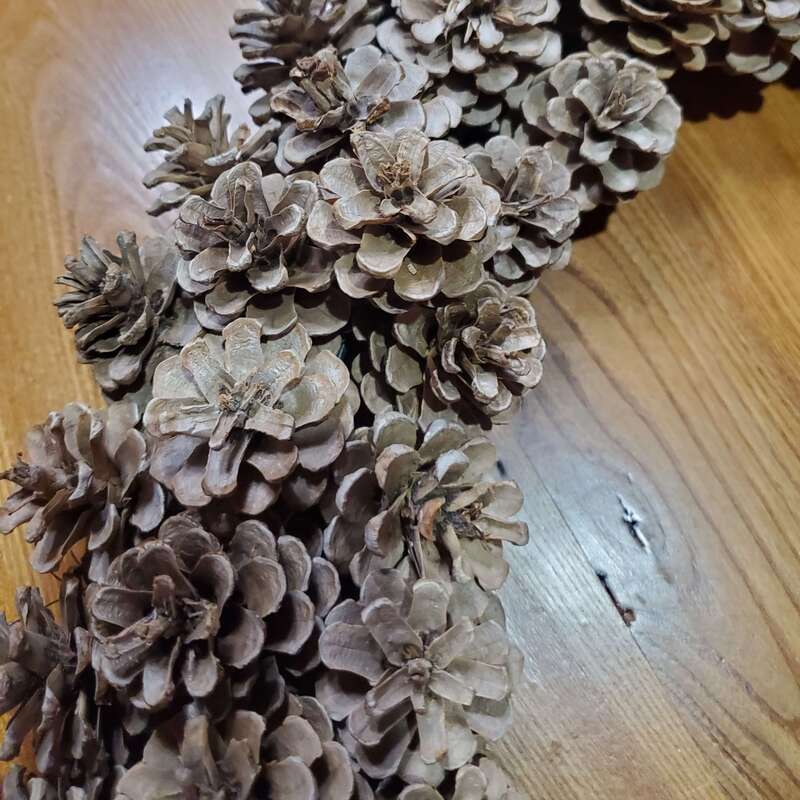
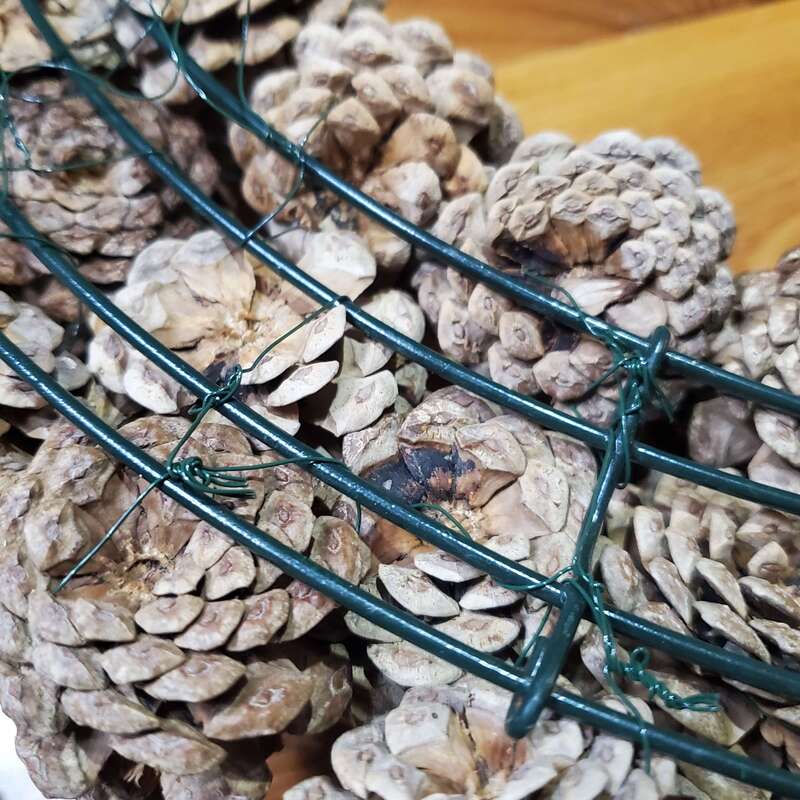
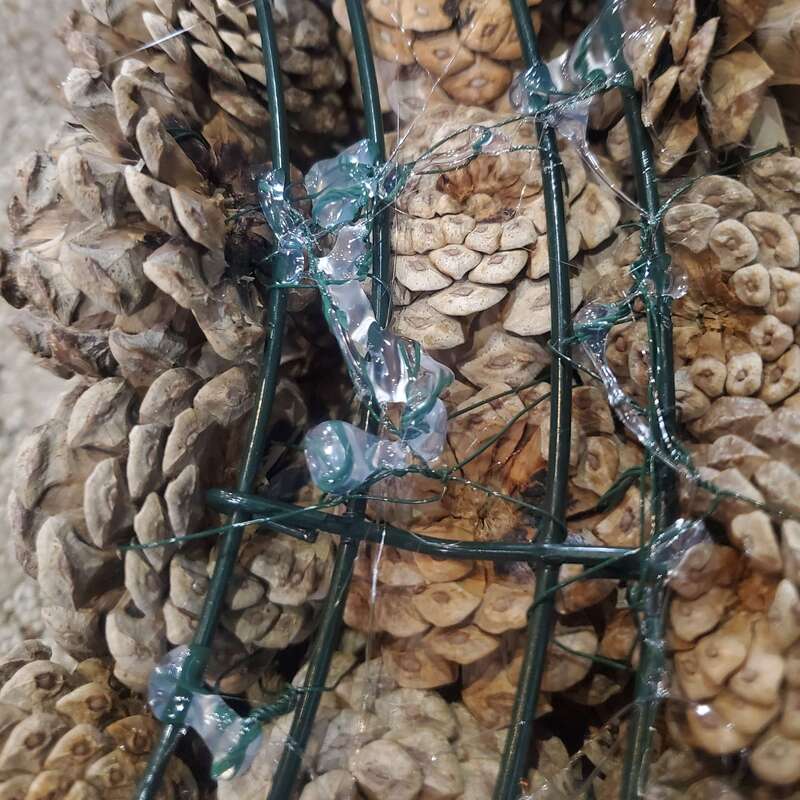
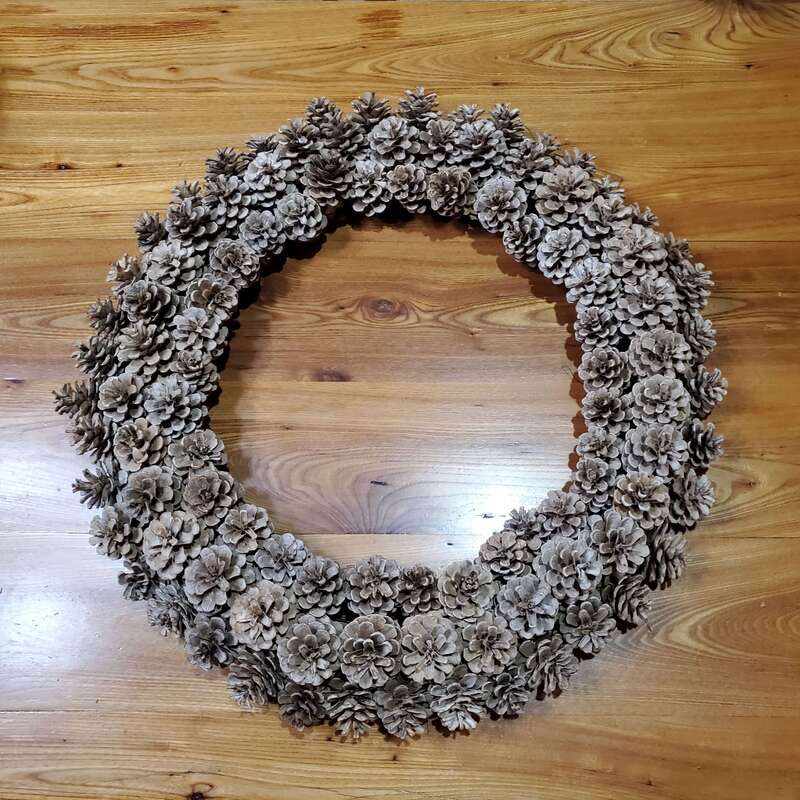
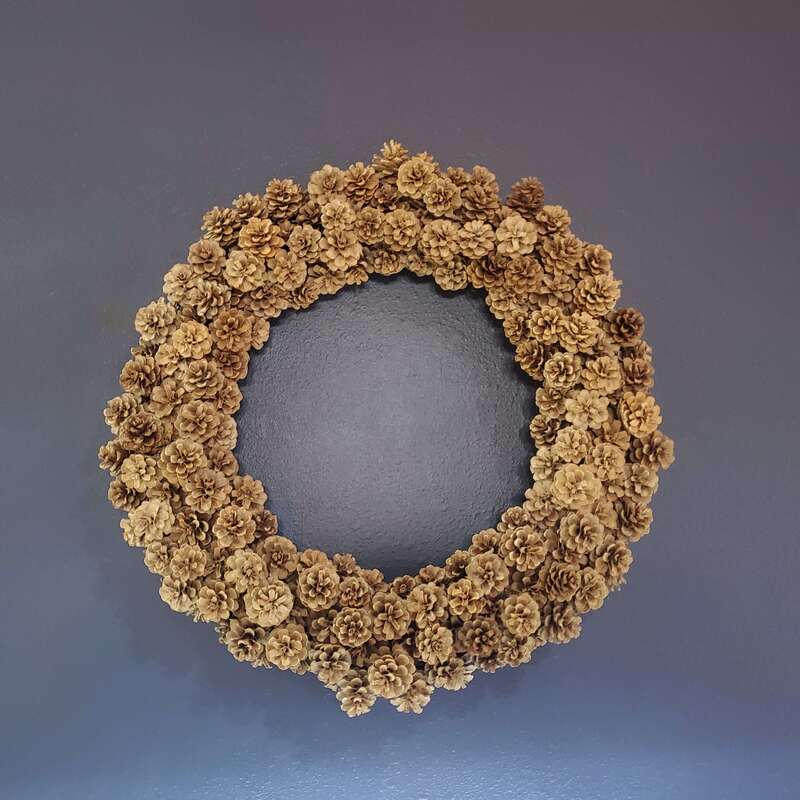
 RSS Feed
RSS Feed